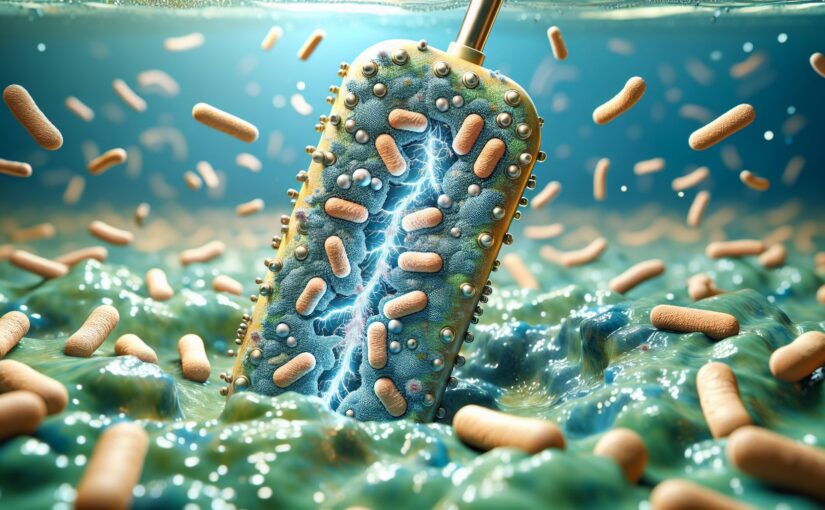Anode respiring bacteria are a special class of microorganisms specialized in extracellular electron transfer. They possess the unique ability to breathe minerals as others breathe air and have the potential to revolutionize the field of wastewater treatment. Recently, these tiny bacteria are gaining increasing attention in microbial fuel cells (MFCs)—an innovative green technology that utilizes the metabolic activities of bacteria to convert organic waste into electricity.
The Role of Anode Respiring Bacteria in MFCs
The primary mechanism of MFCs starts with a microbial cocktail (containing anode respiring microorganisms) converting organic material in wastewater into carbon dioxide, protons, and electrons. These bacteria then transfer the electrons to the anode, completing the oxidation process of organic compounds and generating an electric current. At this point, the bacteria act as catalysts for electron transfer from organic matter to the anode [^1^].
Understanding the unique metabolic pathways of anode respiring bacteria offers promising advancements in developing efficient MFCs. Particularly, it can help harness energy from wastewater by optimizing microbial populations’ biodiversity and metabolic efficiency.
Advantages of Anode Respiring Bacteria
An energy-efficient, waste-to-energy converter like MFCs utilizing the prowess of anode respiring bacteria can offer multiple advantages. Primarily, it provides a sustainable solution for wastewater treatment while simultaneously generating electricity. Furthermore, these bacteria can facilitate the degradation of complex pollutants in the wastewater, enhancing the water quality [^2^]. This provides a dual benefit by addressing the critical issue of energy scarcity and offering an innovative approach to waste management and water treatment.
Conclusion: Era of Microbial Power
Striking the perfect balance between sustainable energy generation and efficient wastewater treatment might be the puzzle that anode-respiring bacteria help solve. By investing in advanced MFCs research, we might soon usher in an era where our sewage treatment plants are also power plants, all thanks to these tiny electricity-generating microbes.
Overall, the role of anode-respiring bacteria in transforming wastewater treatment systems into bio-energy resources is groundbreaking. It not only offers promising potential for clean and renewable energy but also triggers a paradigm shift for waste-to-energy technologies.
References
[^1^]: Rabaey, K., & Verstraete, W. (2005). Microbial fuel cells: novel biotechnology for energy generation. Trends in Biotechnology, 23(6), 291-298.
[^2^]: Lovley, D. R. (2006). Bug juice: harvesting electricity with microorganisms. Nature Reviews Microbiology, 4(7), 497-508.
[^3^]: Logan, B. E., & Rabaey, K. (2012). Conversion of wastes into bioelectricity and chemicals by using microbial electrochemical technologies. Science, 337(6095), 686-690.
